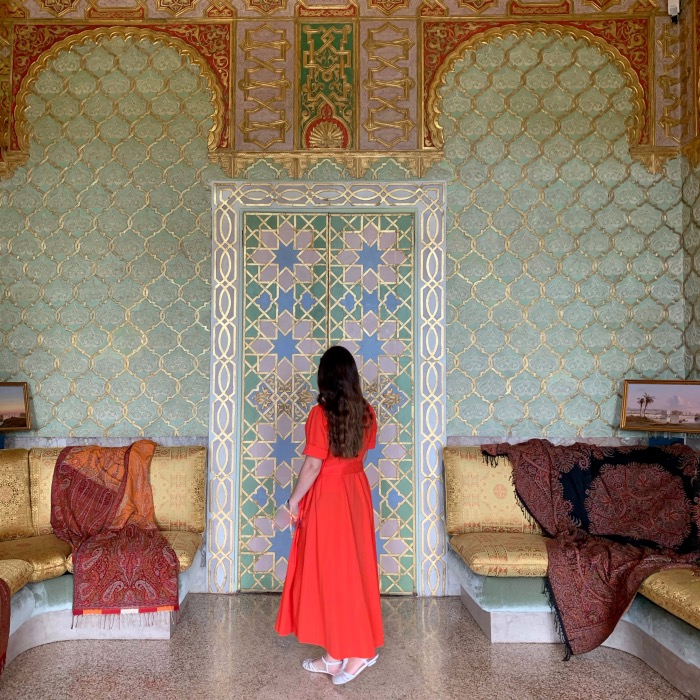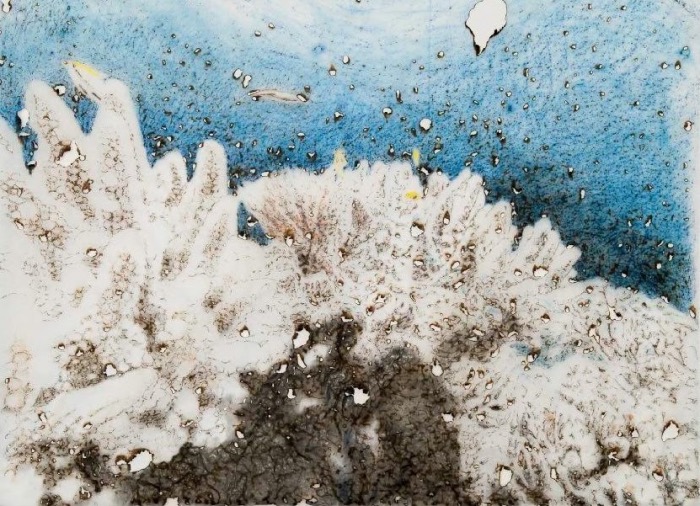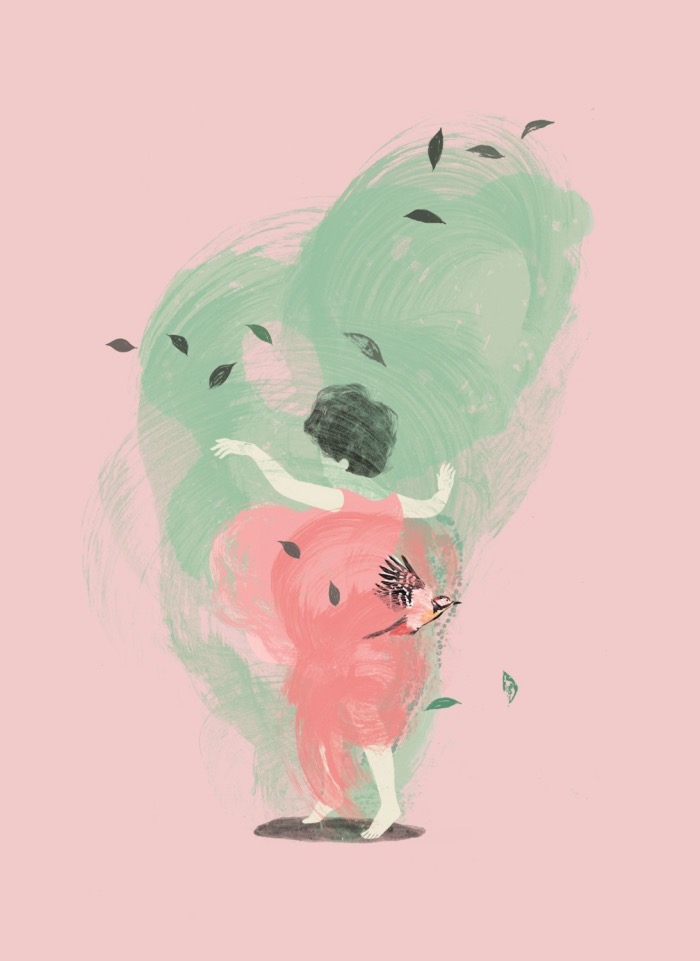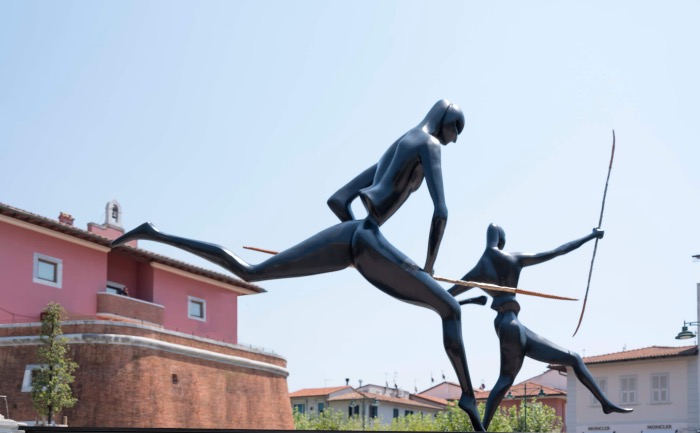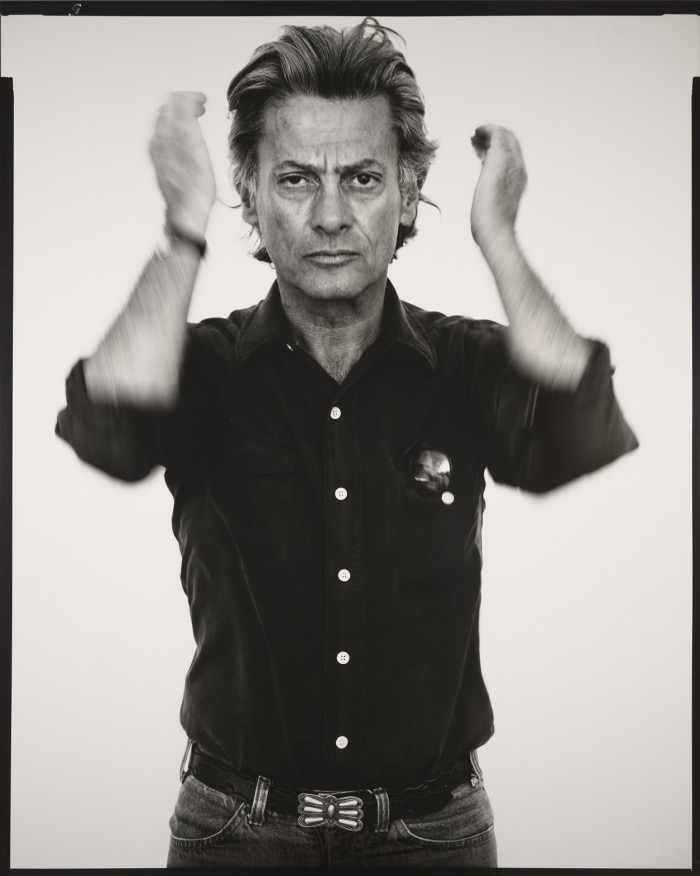
Richard Avedon, Self-portrait, Provo, Utah, August 20, 1980 © The Richard Avedon Foundation
PORTRAITS AND PHOTOS BY FASHION PHOTOGRAPHER RICHARD AVEDON
Richard Avedon’s portraits and photos are among the most innovative images of the 20th century.
Not only did Avedon revolutionise the way models were photographed, transforming them from static subjects to leading actresses of the set, showing their human side as well, but his striking celebrity portraits, in black and white and often in large format, were the first shots capable of revealing the innermost psychological side of the person portrayed.
For this reason, Richard Avedon is one of the undisputed masters of 20th century photography, who has taken photos that have made history and have that capacity, that only masterpieces have, to inspire in the observer the desire to create a story around that image, trying to build the plot of the events that happened before and after that shot.
The photographs of Richard Avedon


